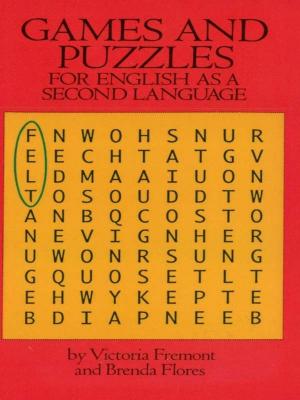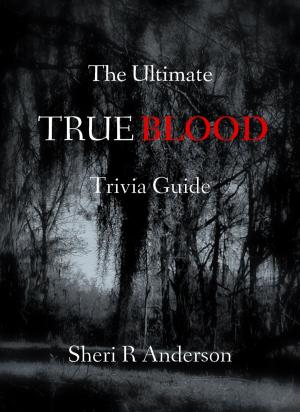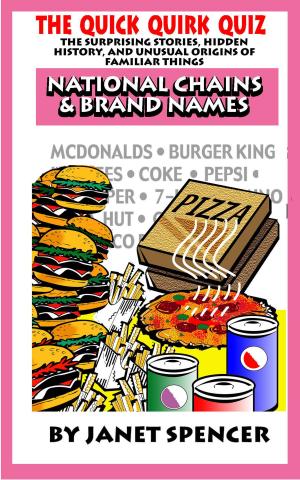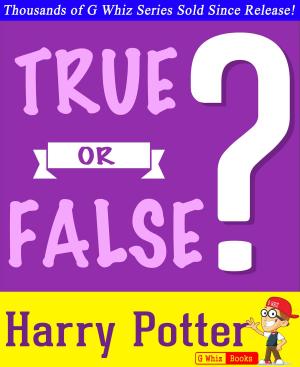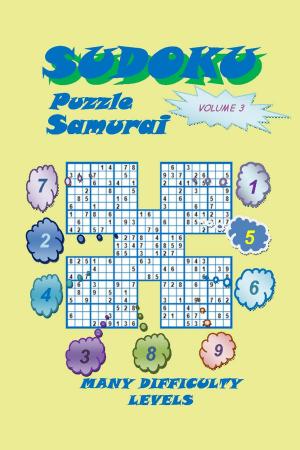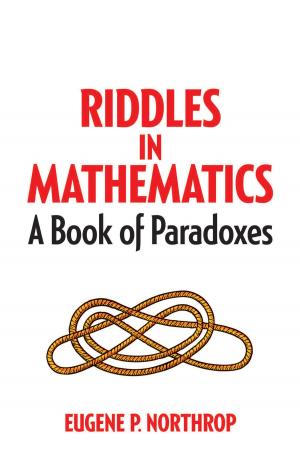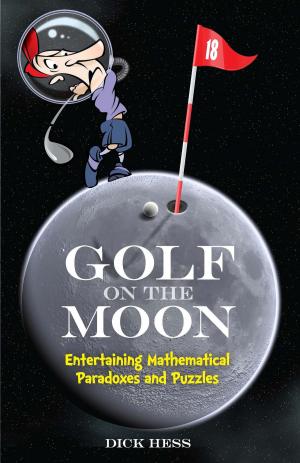| Author: | Giulio Zambon | ISBN: | 9781466118911 |
| Publisher: | Giulio Zambon | Publication: | December 7, 2011 |
| Imprint: | Smashwords Edition | Language: | English |
| Author: | Giulio Zambon |
| ISBN: | 9781466118911 |
| Publisher: | Giulio Zambon |
| Publication: | December 7, 2011 |
| Imprint: | Smashwords Edition |
| Language: | English |
You are probably familiar with Sudoku puzzles. CalcuDoku puzzles (which are also known under the names KenKen®, KenDoku®, both registered trademarks of Nextoy LLC, MathDoku, and several others) are, like Sudokus, squares that you have to fill with digits.
Like with Sudokus, the digits must be unique within each row and each column, but in CalcuDokus, “cages” of different shapes and sizes replace the nine 3x3 boxes of the Sudokus. Each cage contains one of the four basic operation codes (“x”, “+”, “-”, and “:”) and a target number. In a CalcuDoku, the digits within each cage, when you apply to them the cage operation, must result in the cage target.
Double Calcudokus consist of two overlapping CalcuDokus, so that they share several cells. The unicity of digits within rows and columns apply to the two CalcuDokus separately, but the cages can cross the boundaries between them. As a result, the boundary-crossing cages include some cells that belong to both CalcuDokus and some that only belong to one of them.
In this book of Double CalcuDokus, the two CalcuDokus share an area of 7x7 cells. This means that only the two outermost cells around the puzzle belong to a single CalcuDoku.
If you like difficult Sudokus, you will love Double CalcuDokus. If you want to have fun and train your brain at the same time, CalcuDoku is for you.
You are probably familiar with Sudoku puzzles. CalcuDoku puzzles (which are also known under the names KenKen®, KenDoku®, both registered trademarks of Nextoy LLC, MathDoku, and several others) are, like Sudokus, squares that you have to fill with digits.
Like with Sudokus, the digits must be unique within each row and each column, but in CalcuDokus, “cages” of different shapes and sizes replace the nine 3x3 boxes of the Sudokus. Each cage contains one of the four basic operation codes (“x”, “+”, “-”, and “:”) and a target number. In a CalcuDoku, the digits within each cage, when you apply to them the cage operation, must result in the cage target.
Double Calcudokus consist of two overlapping CalcuDokus, so that they share several cells. The unicity of digits within rows and columns apply to the two CalcuDokus separately, but the cages can cross the boundaries between them. As a result, the boundary-crossing cages include some cells that belong to both CalcuDokus and some that only belong to one of them.
In this book of Double CalcuDokus, the two CalcuDokus share an area of 7x7 cells. This means that only the two outermost cells around the puzzle belong to a single CalcuDoku.
If you like difficult Sudokus, you will love Double CalcuDokus. If you want to have fun and train your brain at the same time, CalcuDoku is for you.


